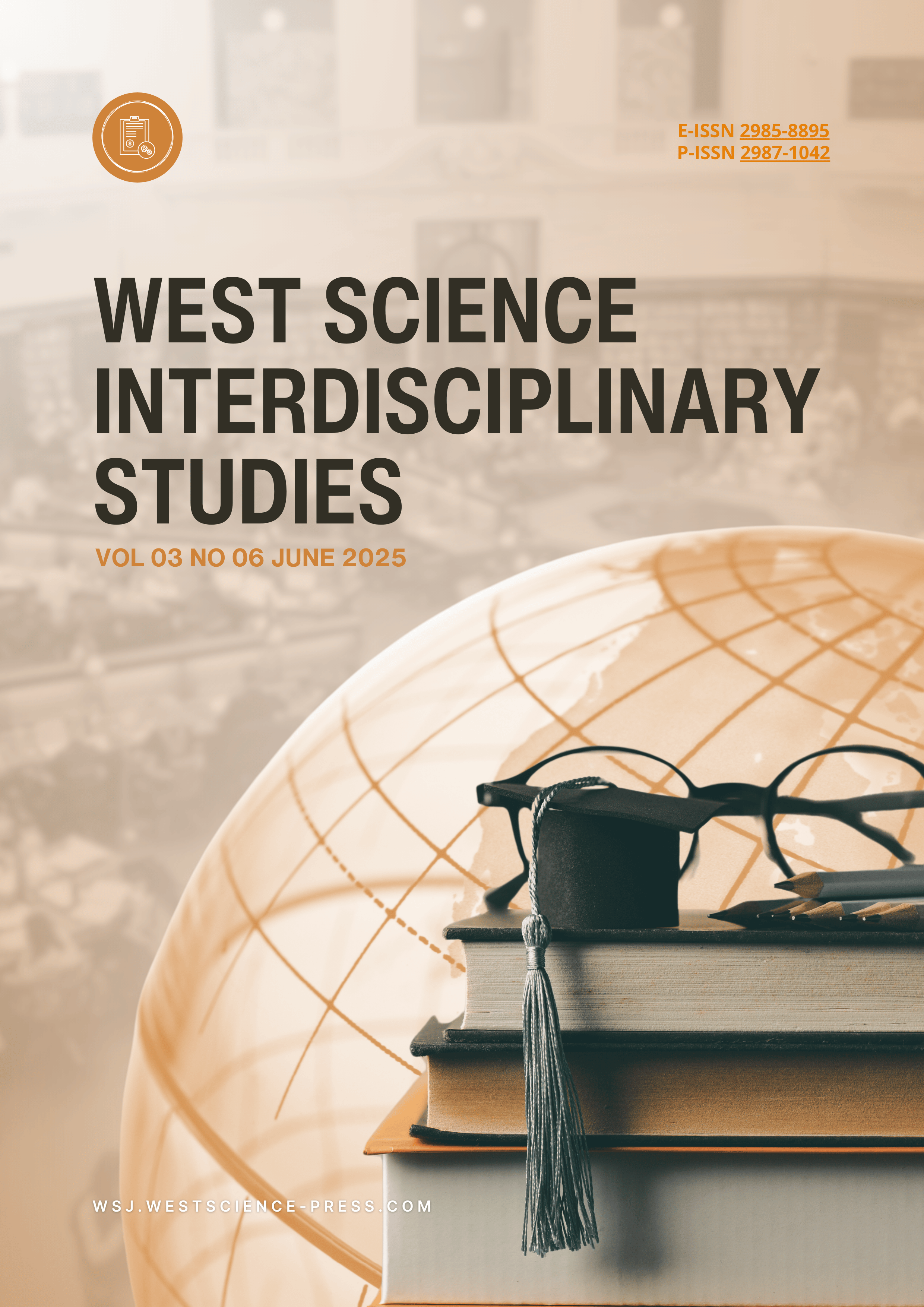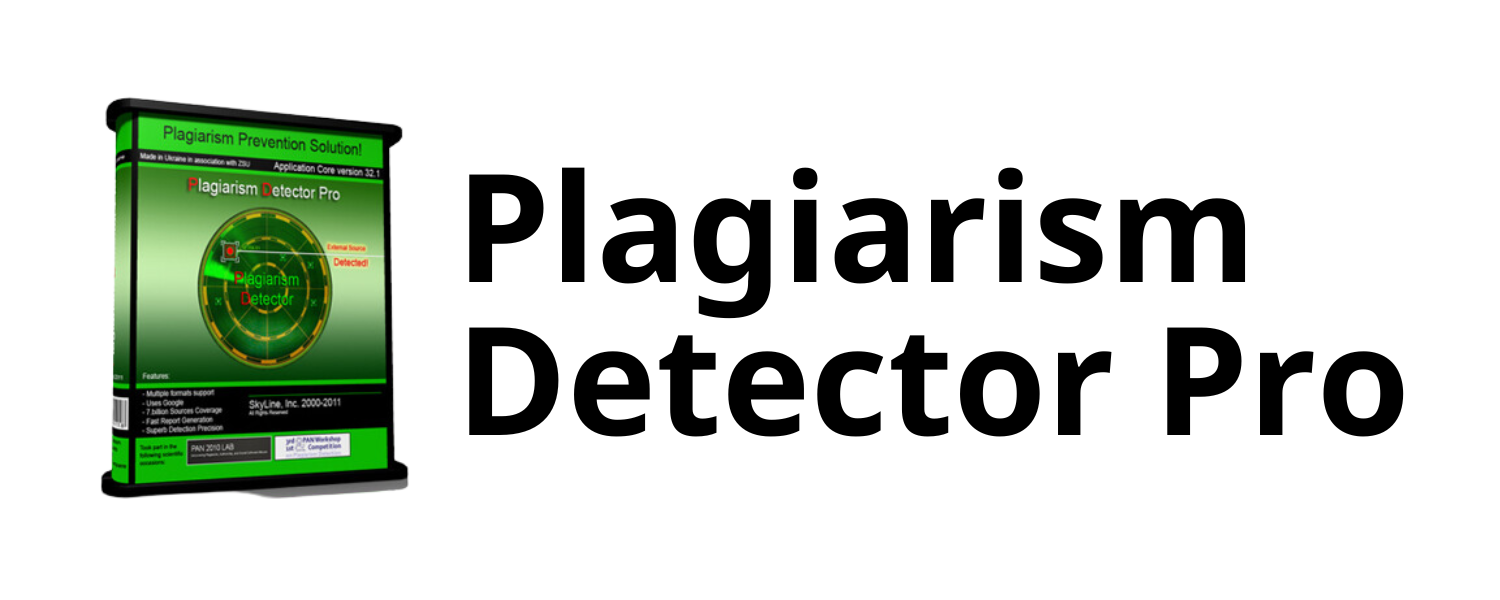Palm Derived Products: A Bibliometric Analysis of Industrial Downstreaming
DOI:
https://doi.org/10.58812/wsis.v3i06.2014Keywords:
Palm Oil, Industrial Downstreaming, ,Biomass Valorization, Biodiesel, Bibliometric AnalysisAbstract
This study presents a comprehensive bibliometric analysis of global research on palm-derived products with a focus on industrial downstreaming. Using data extracted from the Scopus database and visualized through VOSviewer, the analysis maps the intellectual structure, thematic evolution, and collaborative patterns within the domain. Results reveal that "palm oil" is the most central keyword, with strong research clusters surrounding biodiesel, oleochemicals, biomass utilization, and emerging themes such as pyrolysis and biochar. Temporal analysis indicates a shift from conventional processing techniques to sustainability-driven innovations, particularly in waste valorization. Malaysia and Indonesia are identified as the leading contributors, with increasing global collaboration involving countries like China, India, the United States, and Nigeria. Co-authorship networks show concentrated but gradually integrating research communities. The study underscores the importance of interdisciplinary approaches, policy alignment, and sustainable industrial strategies in enhancing the economic and environmental impact of palm-based downstream industries. Recommendations for future research include focusing on life-cycle assessment, digitalization, and high-value derivative product development.
References
[1] K. T. Tan, K. T. Lee, A. R. Mohamed, and S. Bhatia, “Palm oil: Addressing issues and towards sustainable development,” Renew. Sustain. energy Rev., vol. 13, no. 2, pp. 420–427, 2009.
[2] K. K. Ming and D. Chandramohan, “Malaysian palm oil industry at crossroads and its future direction,” Oil Palm Ind. Econ. J., vol. 2, no. 2, pp. 10–15, 2002.
[3] O. CHAVALPARIT, W. H. Rulkens, A. P. J. Mol, and S. Khaodhair, “Options for environmental sustainability of the crude palm oil industry in Thailand through enhancement of industrial ecosystems,” Environ. Dev. Sustain., vol. 8, pp. 271–287, 2006.
[4] Y. D. Tan and J. S. Lim, “Feasibility of palm oil mill effluent elimination towards sustainable Malaysian palm oil industry,” Renew. Sustain. Energy Rev., vol. 111, pp. 507–522, 2019.
[5] U. Hasanudin, R. Sugiharto, A. Haryanto, T. Setiadi, and K. Fujie, “Palm oil mill effluent treatment and utilization to ensure the sustainability of palm oil industries,” Water Sci. Technol., vol. 72, no. 7, pp. 1089–1095, 2015.
[6] A.-Q. Abdul-Hamid, M. H. Ali, M.-L. Tseng, S. Lan, and M. Kumar, “Impeding challenges on industry 4.0 in circular economy: Palm oil industry in Malaysia,” Comput. Oper. Res., vol. 123, p. 105052, 2020.
[7] N. Donthu, S. Kumar, D. Mukherjee, N. Pandey, and W. M. Lim, “How to conduct a bibliometric analysis: An overview and guidelines,” J. Bus. Res., vol. 133, pp. 285–296, 2021.
[8] Y. Chisti, “Biodiesel from microalgae beats bioethanol,” Trends Biotechnol., vol. 26, no. 3, pp. 126–131, 2008.
[9] A. K. Mohanty, M. Misra, and L. T. Drzal, Natural fibers, biopolymers, and biocomposites. CRC press, 2005.
[10] J. Janaun and N. Ellis, “Perspectives on biodiesel as a sustainable fuel,” Renew. Sustain. Energy Rev., vol. 14, no. 4, pp. 1312–1320, 2010.
[11] D. Mozaffarian and R. Clarke, “Quantitative effects on cardiovascular risk factors and coronary heart disease risk of replacing partially hydrogenated vegetable oils with other fats and oils,” Eur. J. Clin. Nutr., vol. 63, no. 2, pp. S22–S33, 2009.
[12] A. F. M. Udaiyappan, H. A. Hasan, M. S. Takriff, and S. R. S. Abdullah, “A review of the potentials, challenges and current status of microalgae biomass applications in industrial wastewater treatment,” J. Water Process Eng., vol. 20, pp. 8–21, 2017.
[13] M. K. Akhtar, N. J. Turner, and P. R. Jones, “Carboxylic acid reductase is a versatile enzyme for the conversion of fatty acids into fuels and chemical commodities,” Proc. Natl. Acad. Sci., vol. 110, no. 1, pp. 87–92, 2013.
[14] R. A. Al-Alawi, J. H. Al-Mashiqri, J. S. M. Al-Nadabi, B. I. Al-Shihi, and Y. Baqi, “Date palm tree (Phoenix dactylifera L.): natural products and therapeutic options,” Front. Plant Sci., vol. 8, p. 845, 2017.
[15] I. B. Banković-Ilić, O. S. Stamenković, and V. B. Veljković, “Biodiesel production from non-edible plant oils,” Renew. Sustain. energy Rev., vol. 16, no. 6, pp. 3621–3647, 2012.
[16] B. Ndaba, I. Chiyanzu, and S. Marx, “n-Butanol derived from biochemical and chemical routes: A review,” Biotechnol. Reports, vol. 8, pp. 1–9, 2015.
[17] R. H. V Corley, “How much palm oil do we need?,” Environ. Sci. Policy, vol. 12, no. 2, pp. 134–139, 2009.
[18] O.-M. Lai, C.-P. Tan, and C. C. Akoh, Palm oil: production, processing, characterization, and uses. Elsevier, 2015.
[19] P. Oosterveer, “Promoting sustainable palm oil: viewed from a global networks and flows perspective,” J. Clean. Prod., vol. 107, pp. 146–153, 2015.
[20] P. Pacheco, S. Gnych, A. Dermawan, H. Komarudin, and B. Okarda, “The palm oil global value chain: Implications for economic growth and socialand environmental sustainability,” 2017.
[21] C. I. Lim and W. Biswas, “Sustainability assessment for crude palm oil production in Malaysia using the palm oil sustainability assessment framework,” Sustain. Dev., vol. 27, no. 3, pp. 253–269, 2019.
[22] Y. Basiron and C. K. Weng, “The oil palm and its sustainability,” J. Oil Palm Res., vol. 16, no. 1, 2004.
Downloads
Published
Issue
Section
License
Copyright (c) 2025 Loso Judijanto

This work is licensed under a Creative Commons Attribution-ShareAlike 4.0 International License.
























 Instagram
Instagram 